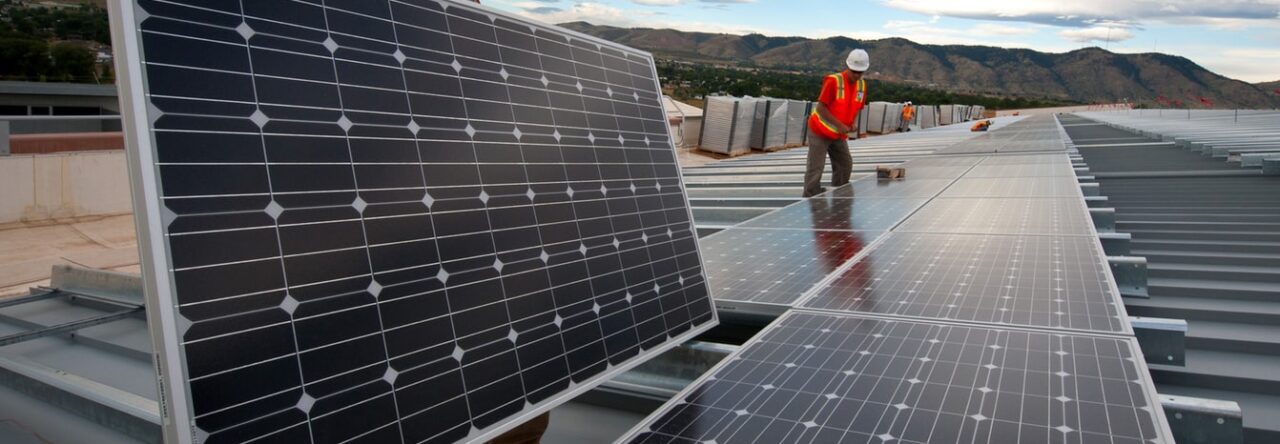Renewable energy was once viewed as an ‘alternative’ source of energy but is now being actively chosen as the optimum way of satisfying our fuel needs in the 21st century. It is gaining an important share of the worldwide energy market, especially in countries such as Denmark and Germany. Far from its ‘alternative’ image of yesteryear, renewable energy is becoming the norm.
There are many renewable energy technologies in use around the world, these are used in varying amounts and in a wide range of different places. This section of our site gives a quick overview of some of these technologies and links to further information.
History of Renewables
Renewable energy has been around for a long time and has a crucial role to play in reducing carbon emissions in the 21st century. In ancient Greece, watermills were used to grind corn. The first windmills were developed in Persia over 1300 years ago, this spread throughout the Middle East and China. Waterwheels with 50 horsepower capacity were used in Europe during the Middle Ages; at the same time as the first European windmills appeared, gardeners have been using solar energy to heat greenhouses since the Roman Empire.
Hydroelectric power was used by Michigan’s Grand Rapids Electric Light and Power Company to illuminate 16 lamps in 1880, 16 years later, George Westinghouse built the first large-scale hydroelectric generators at Niagara Falls. 40% of the electricity produced in the USA in 1920 came from hydroelectric plants.
In 1908, when Henry Ford designed the first Model-T, he expected ethanol made from renewable resources to be the major fuel used by motorists. He built a fermentation plant in Atchison, Kansas, to manufacture ethanol specifically for motor fuels, more than 2000 service stations in the Midwest sold this ‘gasohol’ during the 1930s.
As the 20th century went on, more people became dependent on oil as their key source of energy but in 1973 crude oil prices soared from $3 to $12 per barrel. The Iranian revolution in 1979 pushed the costs to a high of $82 per barrel.
During the fuel crisis of the 1970s, many countries began exploring alternative sources of energy. One of the sources investigated was nuclear power. Nuclear energy has returned to the energy supply agenda as a low carbon alternative; as nuclear power uses Uranium as is fuel source not fossil fuels. However, it takes many years for a nuclear power station to be constructed and to be producing electricity into the National grid.
Renewable energy utilises sustainable sources such as wind, sun and biomass as its fuel source, making it sustainable, unlike fossil fuels which will eventually run out. The level of oil and gas reserves are uncertain, but as they become more scarce, their cost will inevitably rise.
